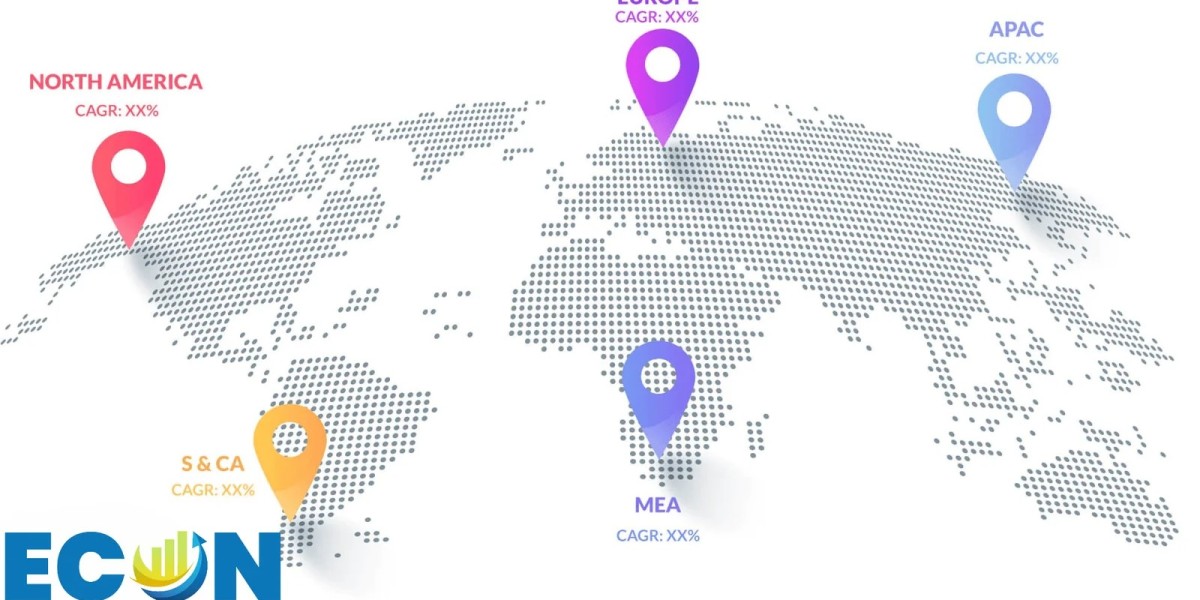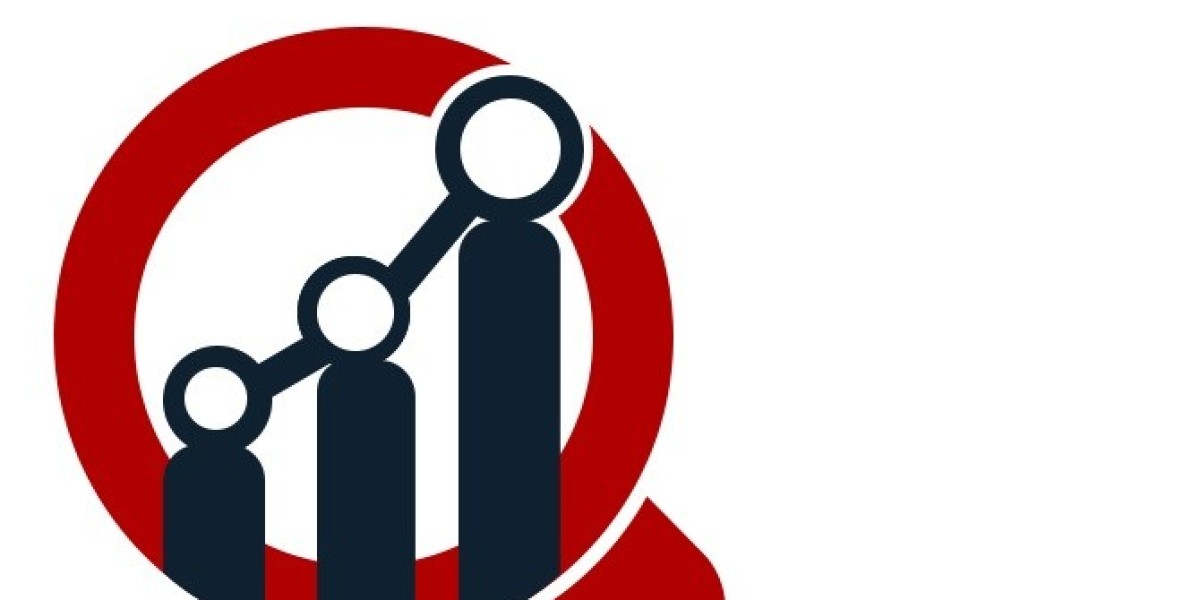Attention-Deficit/Hyperactivity Disorder (ADHD) is a common neurodevelopmental disorder that affects millions of children worldwide. Characterized by symptoms of inattention, hyperactivity, and impulsivity, ADHD can significantly impact a child's academic performance, social interactions, and overall well-being. When it comes to managing ADHD, parents and caregivers often face the decision of whether to opt for medication, therapy, or a combination of both. This article explores the benefits and limitations of each approach to help determine which might be best for your child.
Understanding ADHD and Its Impact
ADHD typically manifests in childhood and can continue into adolescence and adulthood. The disorder can affect various aspects of a child’s life, including their ability to focus, follow instructions, and control impulses. This can lead to difficulties in school, problems with relationships, and low self-esteem. Early and effective intervention is crucial in managing these symptoms and supporting the child’s development.
Medication for ADHD
Medications are often prescribed to manage ADHD symptoms and improve functioning. They primarily fall into two categories: stimulants and non-stimulants.
Stimulant Medications
Stimulants are the most commonly prescribed medications for ADHD and include drugs such as:
Methylphenidate (e.g., Ritalin, Concerta)
Amphetamine-based medications (e.g., Adderall, Vyvanse)
Stimulants work by increasing the levels of certain neurotransmitters in the brain, which helps improve attention and reduce impulsivity and hyperactivity. For many children, stimulants provide significant symptom relief and can lead to improvements in academic performance and social interactions.
Pros of Stimulants:
Research shows that stimulants are effective for about 70-80% of children with ADHD.
Many stimulant medications start working within 30 minutes to an hour.
Physicians can adjust dosages and medication types to find the best fit for the child.
Cons of Stimulants:
Common side effects include decreased appetite, trouble sleeping, and irritability. More serious side effects can occur but are less common.
Medications address symptoms but do not teach coping strategies or address underlying issues.
Stimulants have a potential for misuse, especially in adolescents and adults.
Non-Stimulant Medications
For children who do not respond well to stimulants or experience intolerable side effects, non-stimulant medications may be prescribed. These include:
A selective norepinephrine reuptake inhibitor.
Alpha-2 adrenergic agonists that can help with impulsivity and hyperactivity.
Pros of Non-Stimulants:
Non-stimulants can be effective for medicate child for ADHD who do not respond to stimulants.
These medications generally have a lower risk of misuse compared to stimulants.
Cons of Non-Stimulants:
Non-stimulants can take several weeks to show effects.
Possible side effects include fatigue, stomach upset, and mood swings.
Therapy for ADHD
Therapy for ADHD involves behavioral interventions and support strategies designed to help children manage their symptoms and improve their functioning. Two primary types of therapy are commonly used: behavioral therapy and cognitive-behavioral therapy (CBT).
Behavioral Therapy
Behavioral therapy focuses on reinforcing positive behaviors and reducing negative ones through a system of rewards and consequences. It often involves:
Teaching parents strategies to manage their child’s behavior effectively.
Working with teachers to implement behavior management techniques in the classroom.
Pros of Behavioral Therapy:
Helps children develop organizational skills, time management, and self-control.
Provides tools and strategies that can be used throughout life.
Encourages family involvement and support.
Cons of Behavioral Therapy:
Requires a significant time commitment from parents and caregivers.
May not be as immediately effective as medication for some children.
Cognitive-Behavioral Therapy (CBT)
CBT focuses on changing negative thought patterns and developing coping strategies. For children with ADHD, CBT may address:
Improving self-image and reducing frustration.
Teaching techniques to manage emotions and reactions.
Pros of CBT:
Provides emotional support and helps children develop resilience.
Teaches practical skills for managing ADHD symptoms and related issues.
Cons of CBT:
May be more effective for older children who can understand and engage with the concepts.
Success depends on consistent participation and practice.
Combining Medication and Therapy
For many children with ADHD, a combination of medication and therapy can be the most effective approach. Medications can quickly manage symptoms and improve functioning, while therapy can provide long-term skills and strategies for managing ADHD. Combining both approaches allows for a comprehensive treatment plan that addresses both symptoms and underlying issues.
Benefits of Combining Medication and Therapy:
Addresses both immediate symptoms and long-term skill development.
Research shows that combined treatment often leads to better overall outcomes for children with ADHD.
Challenges of Combining Approaches:
Managing both medication and therapy can be complex and requires coordination between healthcare providers.
Combination treatments can be time-consuming and potentially more expensive.
Making the Right Choice for Your Child
Choosing between medication, therapy, or a combination of both depends on various factors, including the severity of symptoms, the child’s specific needs, and the preferences of the family. It is essential to work closely with healthcare professionals to develop an individualized treatment plan.
Considerations for Parents:
Work with pediatricians, psychiatrists, and therapists to understand the options and make informed decisions.
Regularly assess the effectiveness of the treatment plan and make adjustments as needed.
Engage in therapy and medication management to support your child’s progress and well-being.
Conclusion
Both medication and therapy have their strengths and limitations in managing ADHD. Medication can provide immediate symptom relief, while therapy offers valuable skills and strategies for long-term success. Often, the best approach involves a combination of both, tailored to the unique needs of the child. By carefully considering the options and working with healthcare professionals, parents can create a comprehensive treatment plan that supports their child’s development and well-being.









